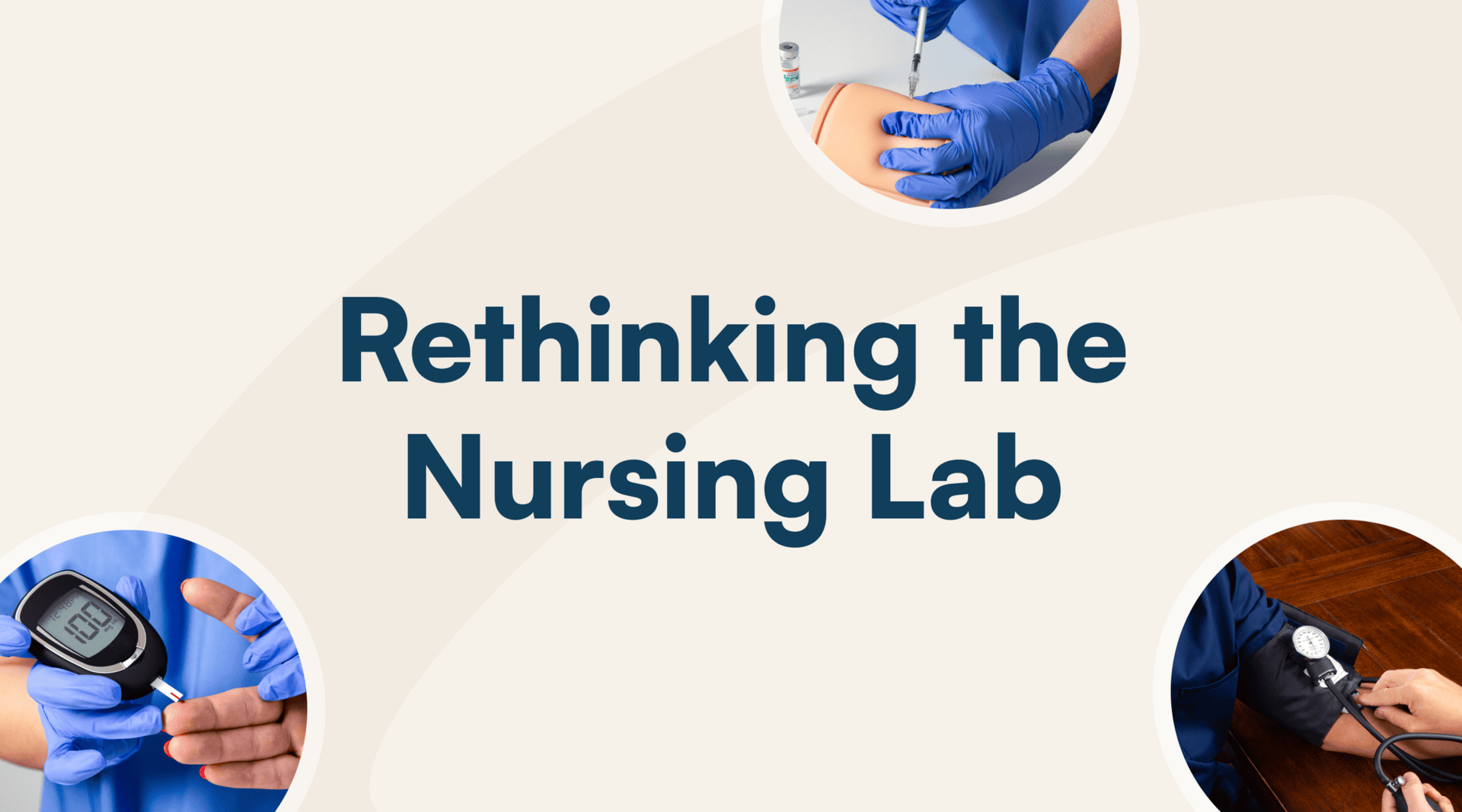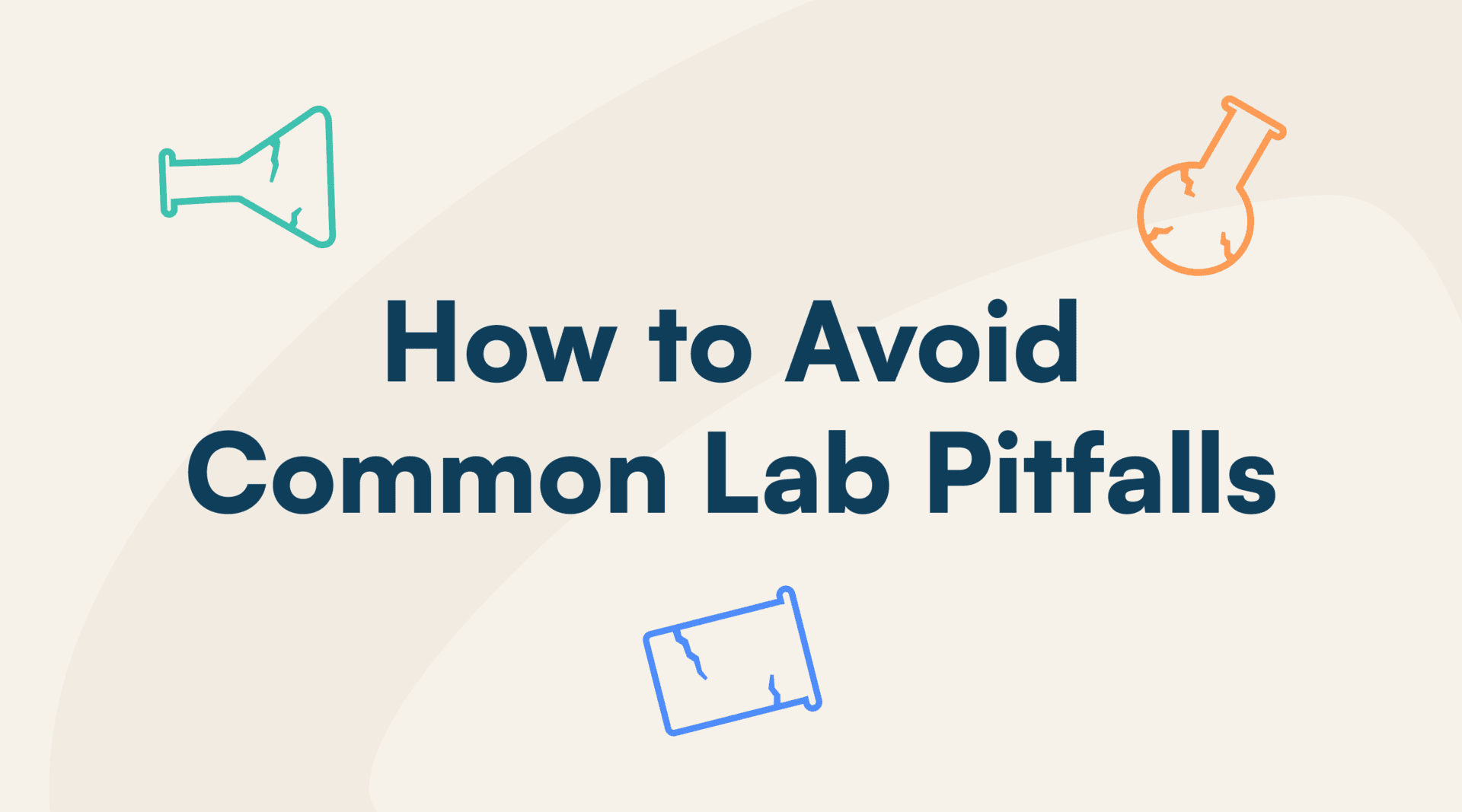Learning online has been around for decades, evolving from early experiments in computer conferencing to fully accredited programs spanning every discipline. But when it comes to science labs online, the stakes—and the challenges—are unique. Lab courses aren’t just about theory; they’re about hands-on experiments that put theory into practice, handling specialized equipment, and guiding students on a journey of inquiry and analysis. Transitioning these immersive experiences to a virtual environment can feel like an uphill battle.
The good news? You’re not alone in navigating this journey. If you’re thinking about transitioning labs online as a way to expand access and boost enrollment or new to teaching labs online, this article is for you! We’ve called on our community of educators, hundreds of instructors and program leaders spanning multiple STEM disciplines, to share what they wished they had known before making the leap to online labs.
From mastering engagement to leveraging technology and rethinking pedagogy, we’ve distilled their best advice into these 5 strategies so you can avoid missteps and create an online lab experience that’s just as dynamic and impactful as an on-campus lab.
Strategy 1: Incorporate Experiential Learning Techniques to Activate Learning
Experiential learning is a philosophy and methodology in which educators purposefully engage students in direct experience in order to increase knowledge, develop skills, and clarify values. It’s a learning process initiated by a concrete experience, which demands reflection and perspective-taking about the experience; then abstract thinking to reach conclusions and conceptualize the meaning of the experience; leading to a decision to act — that is, engaging in active experimentation to try what you’ve predicted.
Enter hands-on labs. Research shows that students who engage in laboratory experiences develop better science literacy as well as problem-solving and critical-thinking skills. Plus, they gain exposure to real-world reactions, materials, and equipment. Through the process of conducting an experiment—from setting up to logging observations and analyzing results — each student will break out of their usual passive mode of learning, and as a result, gain a deeper understanding of the content in the process.
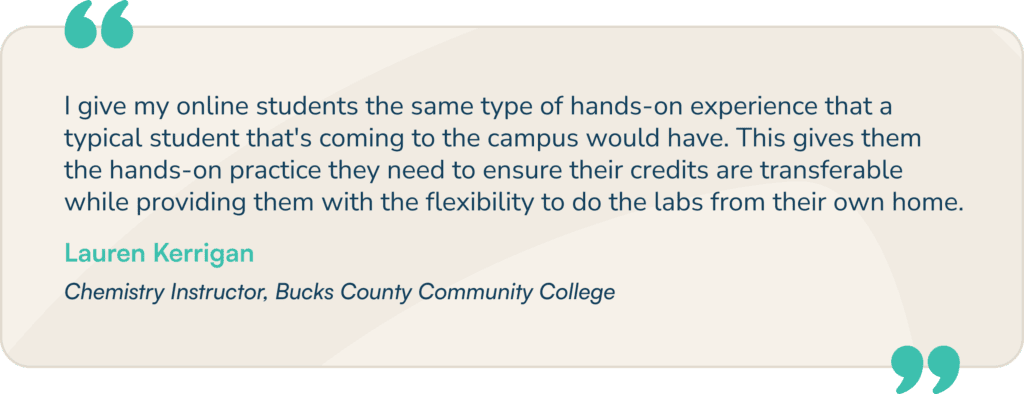
How to Prioritize Hands-On Labs
Tip 1: Use ready-made, vendor sourced hands-on kits. This approach creates complete consistency in materials for students, and you have the most flexibility in what kinds of experiments you use as a part of your lessons. You can be assured that all kits contain the highest quality materials. At the same time, vendor-sourced kits are created specifically to be used safely at home without instructor supervision. They are designed with microscale and Green Chemistry principles – and come with all the PPE equipment your students need, along with mandatory lab safety lessons that must be completed prior to unlocking their lab content — making them safer than the other sourcing options. Students can purchase their kits via their campus bookstores or direct, and have them shipped.
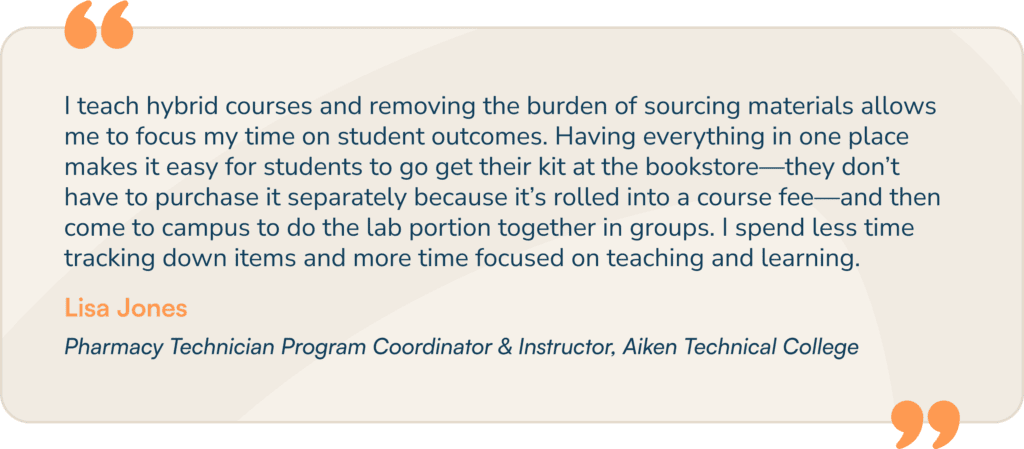
Tip 2: Find lessons that are high quality but still allow you to tailor to your own teaching style. This way, instructors don’t have to start from scratch, which can often feel overwhelming. To be sure lessons are as rigorous and high-quality as on-campus labs, they should be designed by scientists, use input from active faculty, align to Quality Matters standards, and be reviewed by instructional designers for quality, accuracy, repeatability, safety, and ADA compliance.

Making every lab hands-on just isn’t practical. The key is using an intentional mix of hands-on and virtual labs in ways that make sense. For example, use virtual simulations of experiments when you want students to observe the unobservable, like abstract objects, such as light rays. When you want to supplement learning and allow for repeatability in a low stakes environment, slot in a virtual lab. Unlike the finite materials of a physical lab, it doesn’t matter if a student runs a digital experiment one time or 20 times to get the desired result, which can be especially helpful for struggling students. In addition to reinforcing what they are learning in lecture and during hands-on work, virtual labs can help balance costs for the course.

Strategy 2: Build Community for Your Online Learners
Students learn better when they learn together, and nowhere is this more important than online—where students might feel more isolated. The significance of community and belonging for college students is well documented. In his classic book The Courage to Teach, Parker Palmer instructs, “Good teaching is always and essentially communal.” A communal approach to teaching involves reimagining your classes from a collection of independent learners to a community of interdependent ones, characterized by a sense of belonging to something bigger and a motivation to participate — that is, to engage.
When a class becomes a community, students shift from passive into active learners. Experts in higher education recognize shared first-year experiences, learning communities, and collaborative projects as high-impact practices. In fact, research highlights the benefits of collaborative learning, including this national study of more than 80,000 first-year and senior college students that found participating in a learning community, where students take multiple classes together, was associated with higher levels of engagement and learning outcomes.
How to Become a Community Builder
Tip 4: Build Small-Group Online Discussions
Using your LMS or other tools, you can create small-group discussions that will work to build a sense of course community. Send students off into their own discussion pairs or small-groups to share their lab results for particular experiments on your course discussion boards; assign a discussion leader for each lab and have students compare and contrast results and hypothesize why there might be differences.
Studies show that these kinds of online discussions, including student-led ones, enhance community and encourage other students’ participation, while also being beneficial for learning outcomes — generating innovative ideas and providing a risk-free, more relaxed atmosphere for discussion.
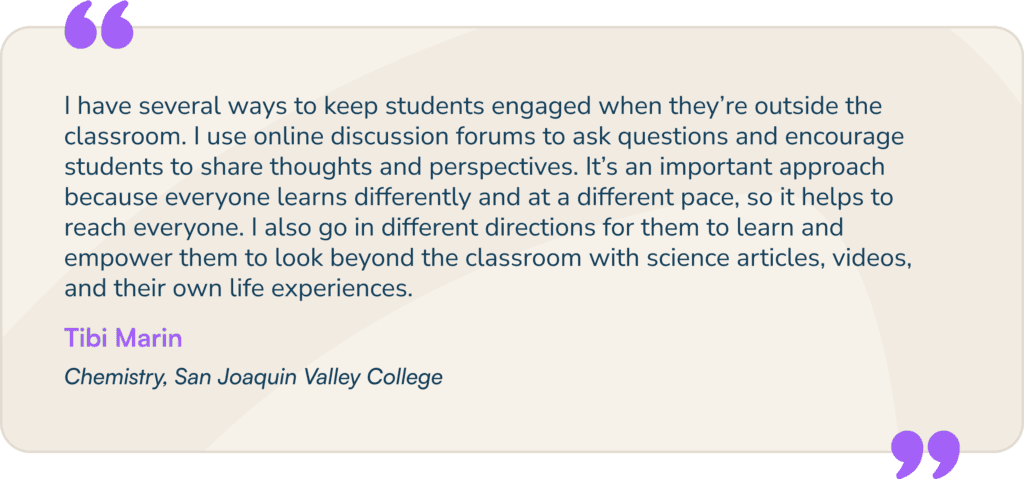
Tip 5: Facilitate Online Lab Partners
Hands-on labs are application-based learning experiences for students, and that kind of learning is best done with members of their own learning community. So one of the most impactful ways to facilitate this is to consider creating online lab partner pairs. To do this, pair up students at the beginning of your course, similar to how you would for your on-campus labs. Encourage students to use course chat and video to discuss both expectations and results of their experiments. In addition to working together through assignments, each student now has built-in peer support and someone they can go to—besides you—to ask questions and share experiences. With each hands-on lab, you have a built-in scenario to create connections among students and build community.
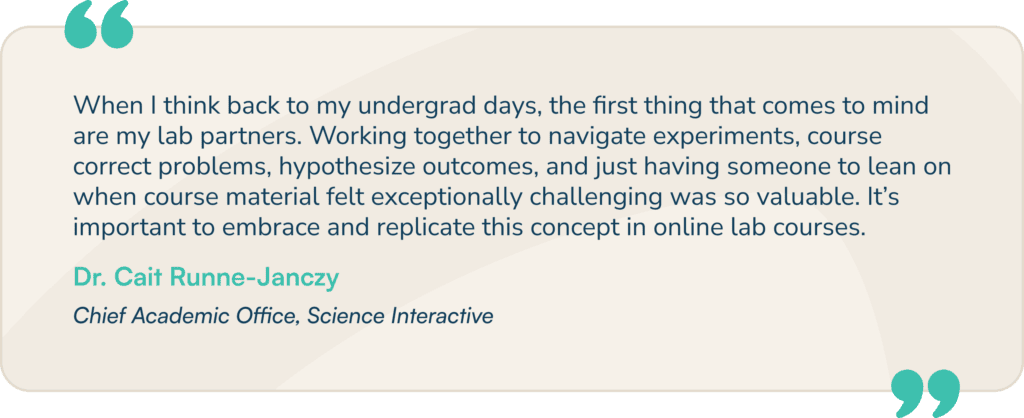
Tip 6: Provide Real-Time Opportunities to Connect
While most online courses are meant to provide flexibility for students, many students appreciate opportunities to interact live. You can give them options to connect virtually via group projects and synchronous meetings to keep them engaged. Have them use the chat, discussion, and video tools available in your LMS or elsewhere to connect.
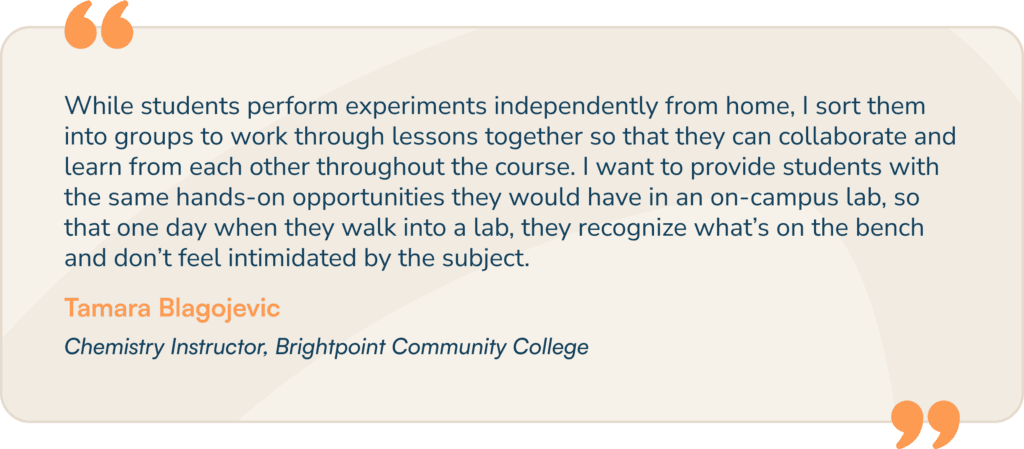
Some things won’t change, whether online or in the campus lab. Your students will struggle with self-regulated learning, time management, and overall organization, which could end up hindering their performance. The difference is, when they’re online, it’s easy to assume they’re on track. Take the safe route and assume most of your students have never taken a science lab course online and each has varying levels of requisite knowledge coming in.
Providing clear expectations, resources, and guidance for how, where, and when to complete your labs will be important.
How to Set Students Up for Success
Tip 7: Make sure a syllabus online rubric, and learning outcomes are highly visible. It’s important to clearly state learning outcomes for the courses and how they’ll be assessed so you’re setting the right expectations for students.
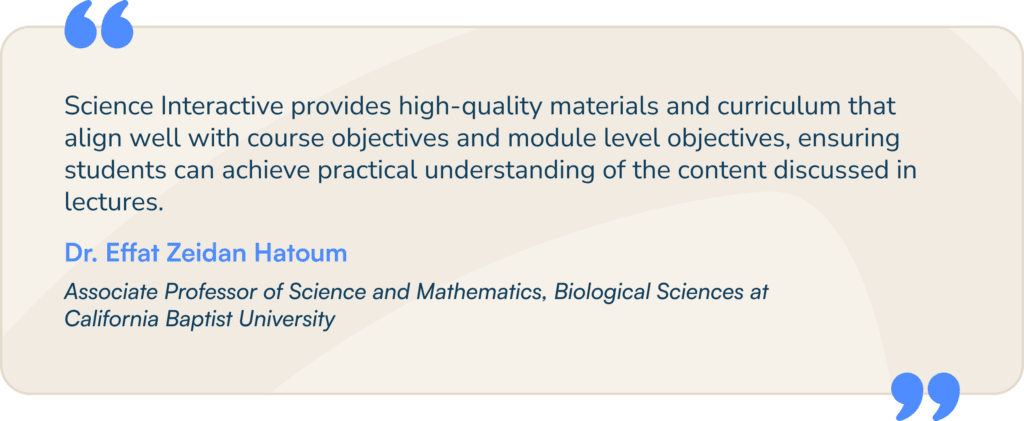
Tip 8: Remind students how and where to find course material, and explain how that material aligns with the objectives of the course. Keep due dates for important labs and assignments at the top of students’ minds and make sure instructions are clear.
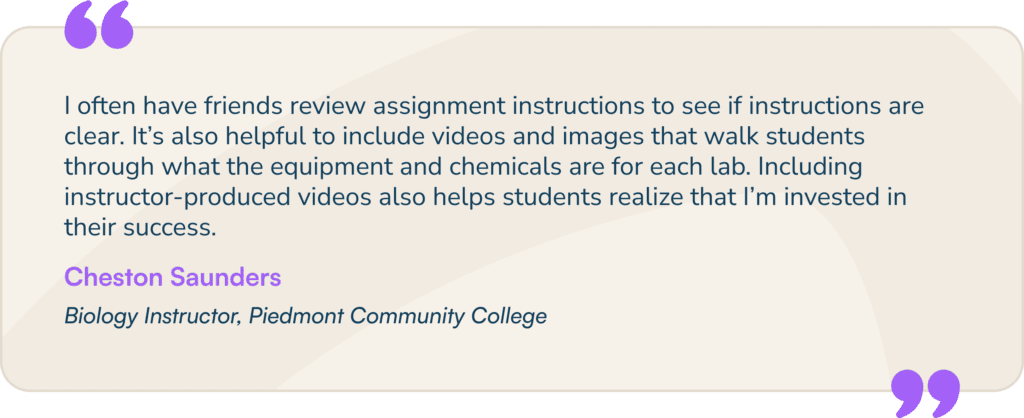
Tip 9: If you’re using hands-on lab kits, be sure to notify students in advance so that they can order and receive them before the course starts. Provide resources, safety protocols, and step-by-step instructions for each experiment that include multimedia (images & videos) because everyone learns differently! Be sure to include how long each may take so they can plan accordingly at home.
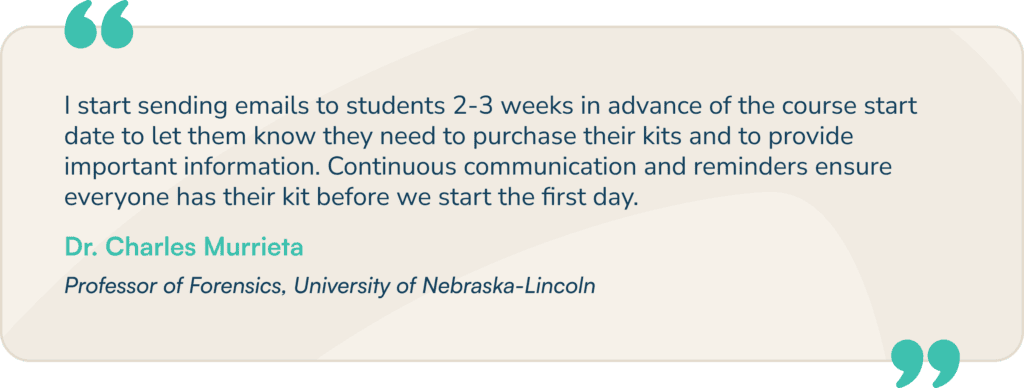
Tip 10: Provide ongoing feedback to support student performance. Use online tools like lab management platforms to provide ongoing feedback to each student throughout the course. With tools like this, you can leverage question banks, test your knowledge modules, and multiple choice quizzes enabled with automatic grading so grades sync directly with your LMS—all of which helps you focus your time on providing quality ongoing feedback, which is proven to motivate students to continue engaging. Plus, with platforms like this, you have access to assessment analytics that can help you identify students who may be falling behind in certain areas—giving you the chance to get them back on track.
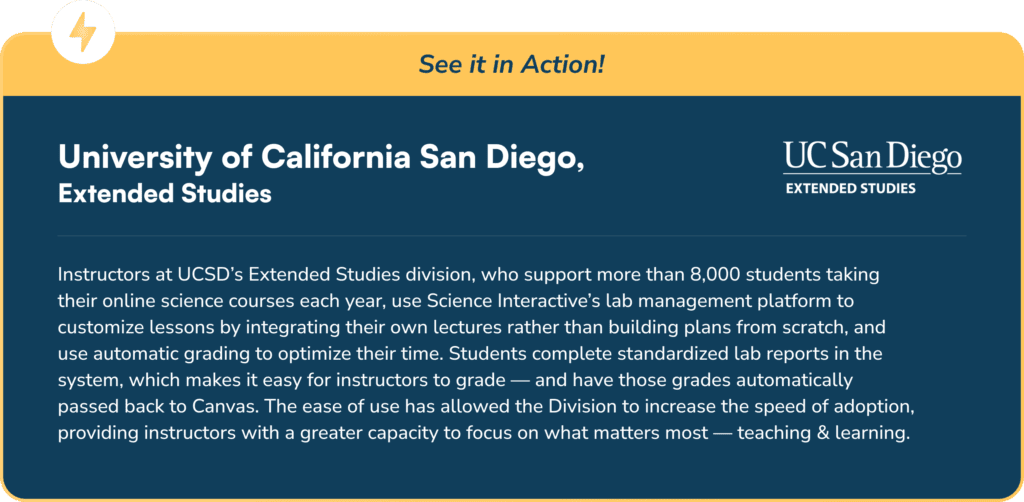
Strategy 4: Minimize the Downsides: Cheating & Safety
You probably won’t be shocked when we tell you this, but 33% of surveyed students have admitted to cheating in an online course, and according to OnlineCollege.org, 55% of college presidents said plagiarism has increased in recent years, most likely due to students’ increased access to online resources. Because of the freedom, flexibility, and wealth of information available to students online, cheating in online courses is easier than ever.
How to Promote Academic Honesty
Tip 11: Update assessments. If grades start showing patterns in a way that becomes suspicious, it could be that your assessment is being shared from a previous class. Create different versions of assessments to reduce the chance of students copying others’ work. Also, include assignments that make it difficult to copy. For example, incorporate students’ own experience and have them reflect to share experiences that tie in with what you’re teaching.
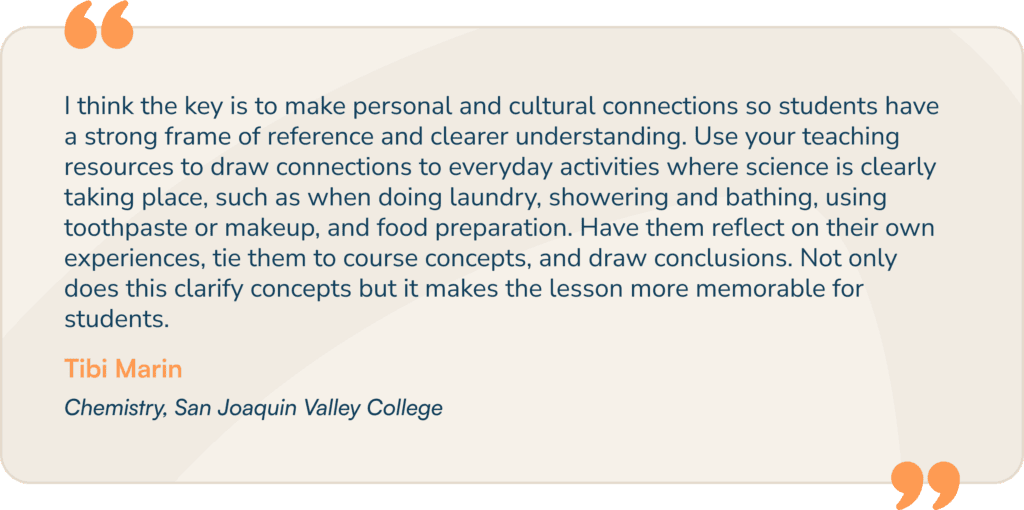
Tip 12: Create a safe space for students and encourage open communication. Your interactions with students will set the tone for the course. Students need detailed feedback, and your discussions and feedback engage them in the experimentation process and let them know their work is important. Set a clear timeframe in which student issues are addressed, and when they can expect feedback and grades—all of which can help decrease student anxiety and improve morale.
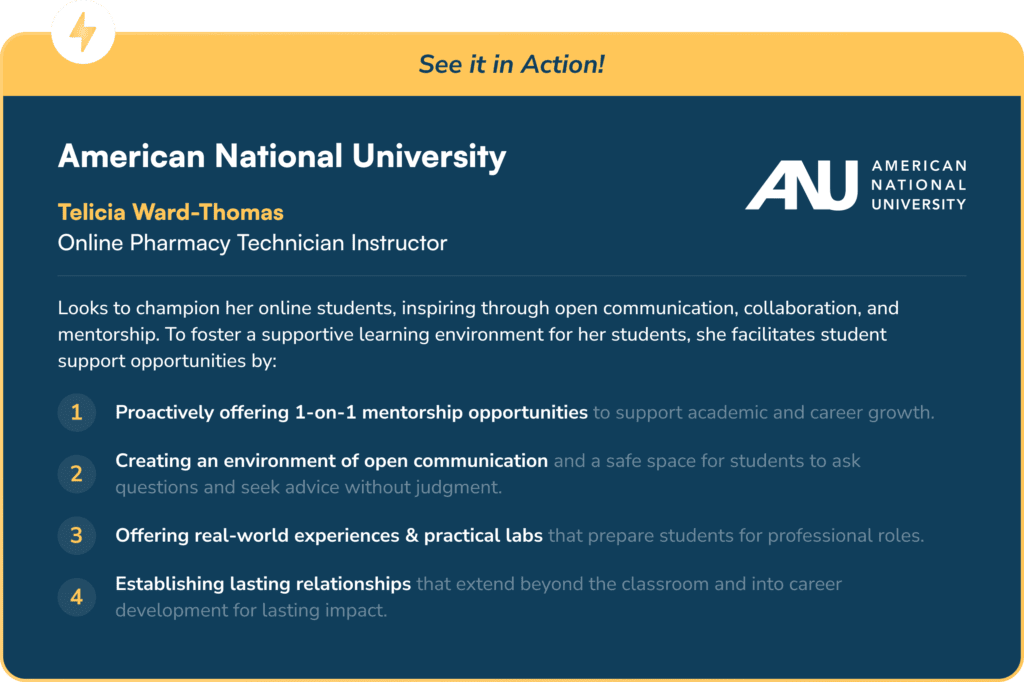
Tip 13: Make it hands-on and require student evidence of participation. Providing students with an opportunity to learn by doing, to test their hypotheses, and to question results remain essential aspects of a lab experience. It’s also harder to cheat when you have to conduct a physical experiment. Have students use the lab management platform to introduce themselves through pictures or video as they unpack their laboratory kits. During the investigations, have each student produce a live video feed while doing the work or take pictures of the key steps. Students should prepare detailed lab reports, describing exactly what they did. These steps will not only promote academic integrity but will also help you troubleshoot or correct any experimental mistakes, while giving your students a hands-on learning experience that better prepares them for future coursework and potential jobs.
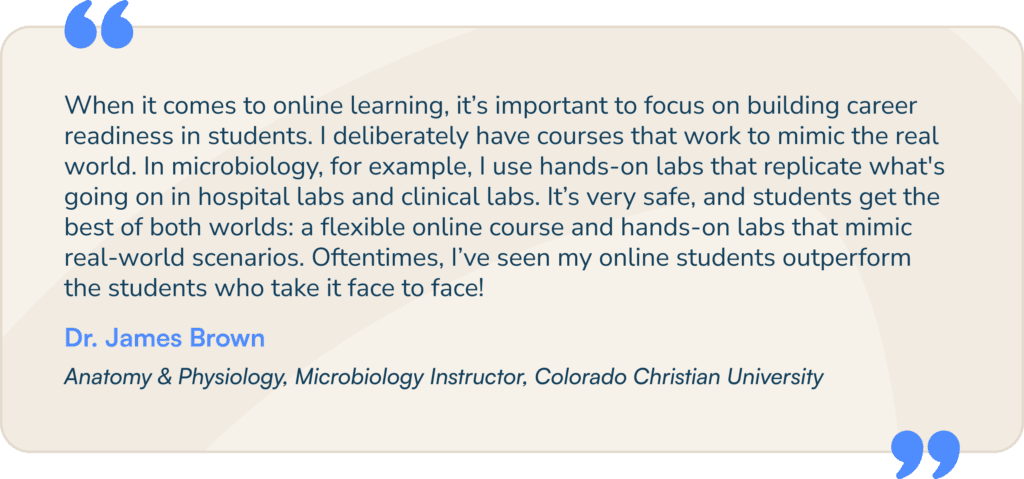
In addition to greater opportunities to cheat, another downside that comes with online labs is the lack of direct supervision you’re able to provide. Online science labs with a hands-on component should prioritize safety. In addition to providing students with resources and step-by-step instructions for preparing their lab space and conducting experiments, here are some ways to prioritize student safety.
How to Prioritize Student Safety
Tip 14: Require students to complete lab safety lessons that cover all precautions for handling equipment and materials, as well as protocols for potential emergencies.
Tip 15: Only include experiments that use small-scale or carefully controlled amounts of chemical that are safe to use at home, and that limit toxicity by offering formalin-free materials and non-virulent microbes.
| For a full rundown of how to ensure safety in online lab courses, check out our Q&A with Dr. Ollie Yu, a Science Interactive Chemist who designs hands-on labs for home use. |
Tip 16: Be sure your lab kits contain all the proper lab equipment and PPE for students. Here you can find a fuller lab safety checklist that can help as you implement online hands-on labs.
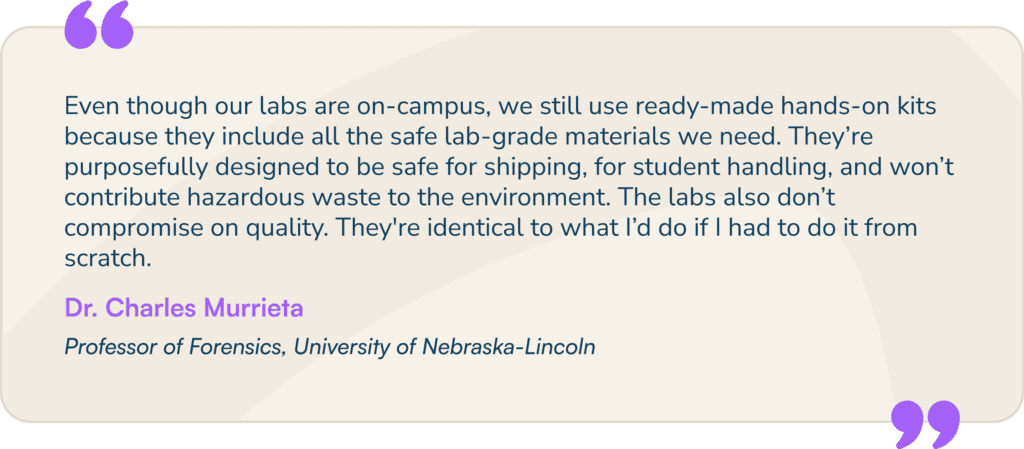
Strategy 5: Ensure an Equitable Learning Experience
Because of the flexibility it offers, your online lab will attract students from diverse backgrounds, all of whom have different ways of learning. Similarly, students take labs online for a variety of reasons, including having to balance studies with medical challenges, employment, military deployments, child rearing and transportation issues, which is why it’s important to meet your students where they are, and not where we want them to be. Even if a student requires more attention, it’s imperative to provide them with a positive, effective learning experience that supports engaging, hands-on practices.
How to Support Equity & Improve Access for Online Students
Tip 17: Build Course Consistency
Creating a consistent, high-quality experience across formats matters. Just because you’re delivering your lab online doesn’t mean curriculum or learning objectives should be different. Focus on building course goals and learning objectives that can be done from anywhere, whether in a lab or at home.
Use high-quality curriculum that allows students to gain the knowledge and skills needed to achieve course competencies. Consider using templates for all of your sections that include consistent branding and are ADA compliant. What’s more, all of your core content should be similar and shared to all sections.
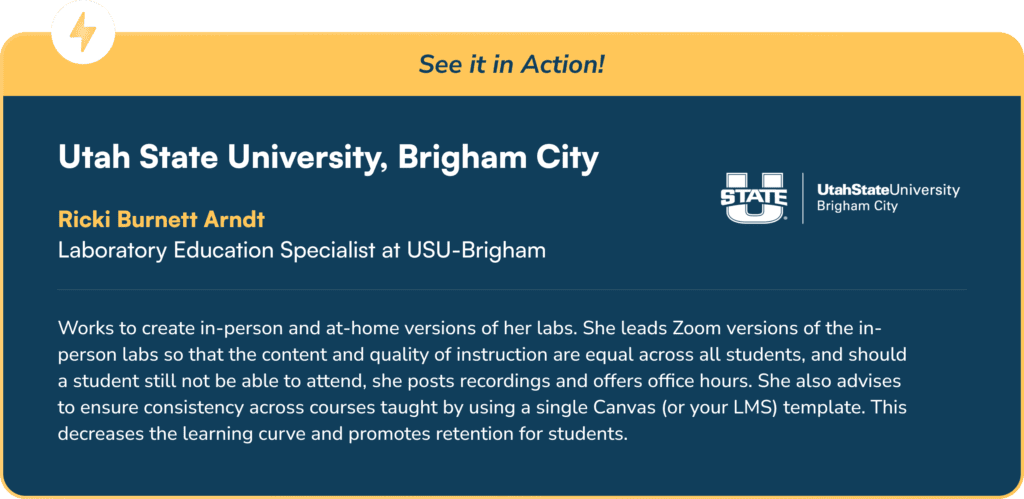
Tip 18: Improve Accessibility of Courses
At the end of the day, both hands-on and virtual labs have accessibility issues. If physical, ethical or religious concerns might be present, consider keeping labs as accessible as possible by presenting a virtual lab as an alternative for all hands-on science experiments. Similarly, virtual labs and digital content should be fully accessible and meet WCAG 2.1 AA standards. Finally, Add to and personalize any content as needed but be sure to include vocabulary lists, interactive videos, worksheets, quizzes, and labeling activities so you’re support all students in the ways they learn best.
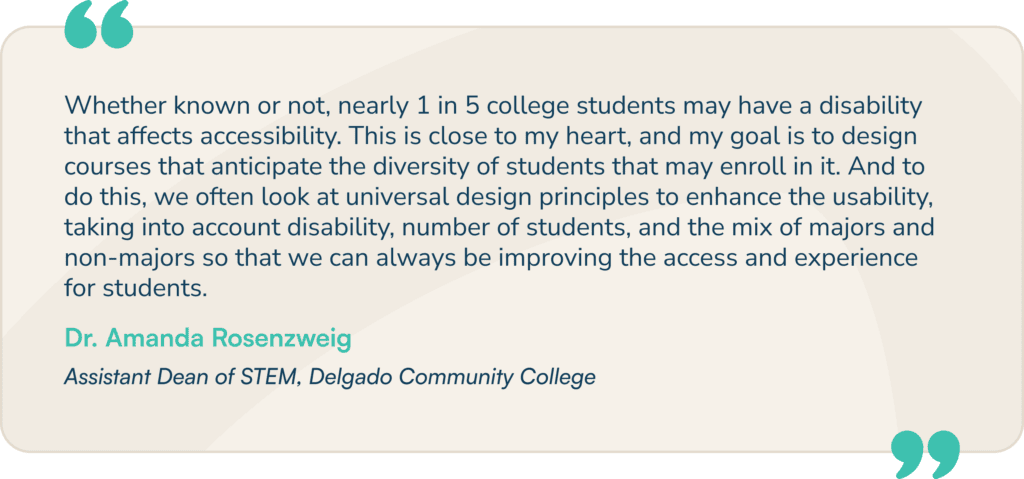
What Our Experts Say…
As they say, hindsight is 20/20. Our community of educators have shared these golden nuggets of wisdom in the hope that it saves you time, effort, and keeps your instructors from running for the hills. And if these strategies have shown us anything, it’s that your labs can be just as effective, authentic, and meaningful online as they would be in-person.
But just know, you don’t have to do it alone. With the right partner, you can transition your science labs online in a way that drives student success without compromising quality.
If you’re interested in bringing your science labs to life online, we can help.
Contributors:
- Dr. Amanda Rosenzweig, Delgado Community College
- Telicia Ward-Thomas, American National University
- Tibi Marin, San Joaquin Valley College
- Ricki Burnett Arndt, Utah State University, Brigham City
- Dr. James Brown, Colorado Christian University
- Dr. Charles Murrieta, University of Nebraska-Lincoln
- Tamara Blagojevic, Brightpoint Community College
- Dr. Effat Zeidan Hatoum, California Baptist University
- Cheston Saunders, Piedmont Community College
- Lauren Kerrigan, Bucks County Community College
- Lisa Jones, Aiken Technical College
- Karl Bailey, Clark College
- Dr. Naruki Hiranuma, WTAMU
Discover more articles
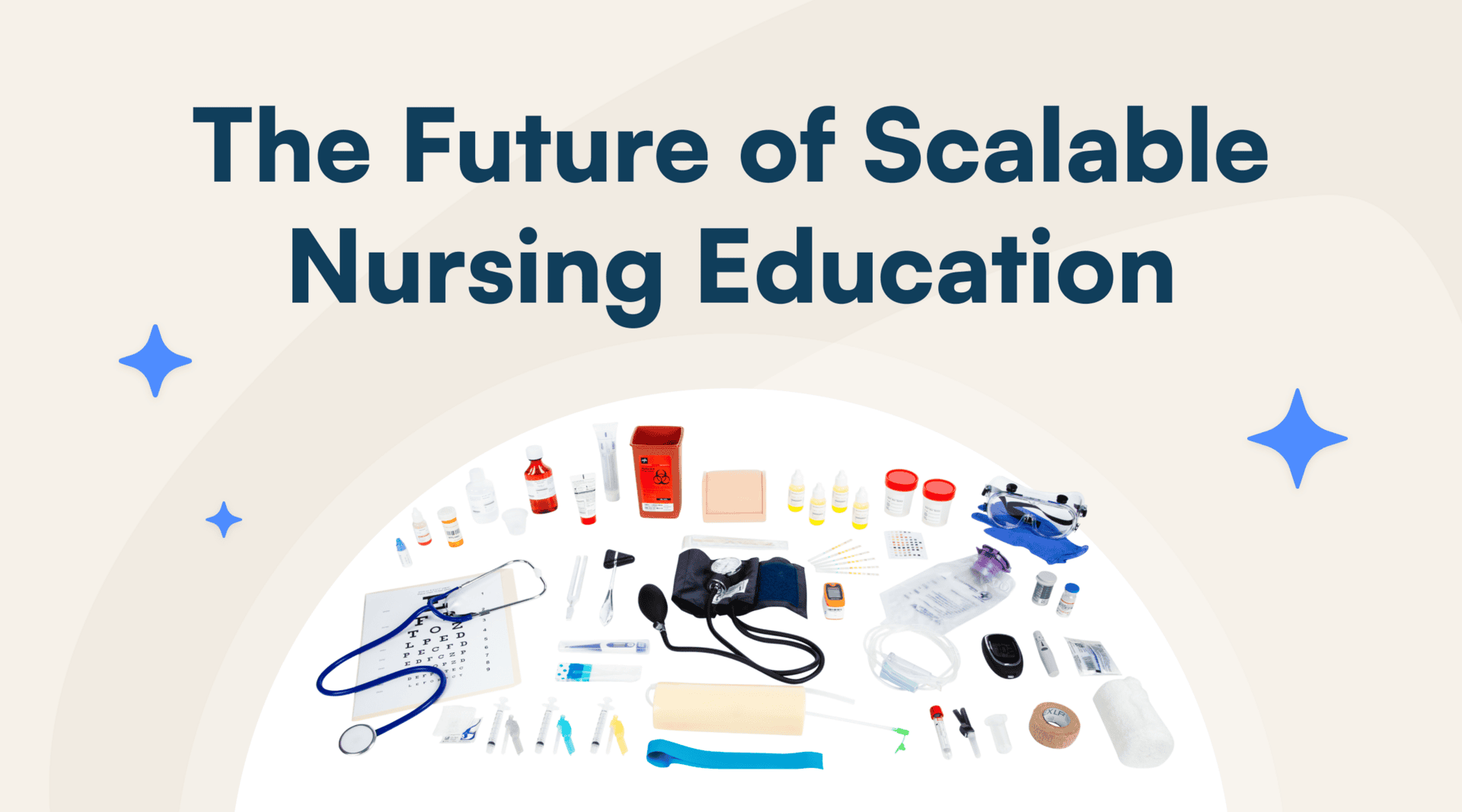
Science Interactive Launches New Nursing Fundamentals
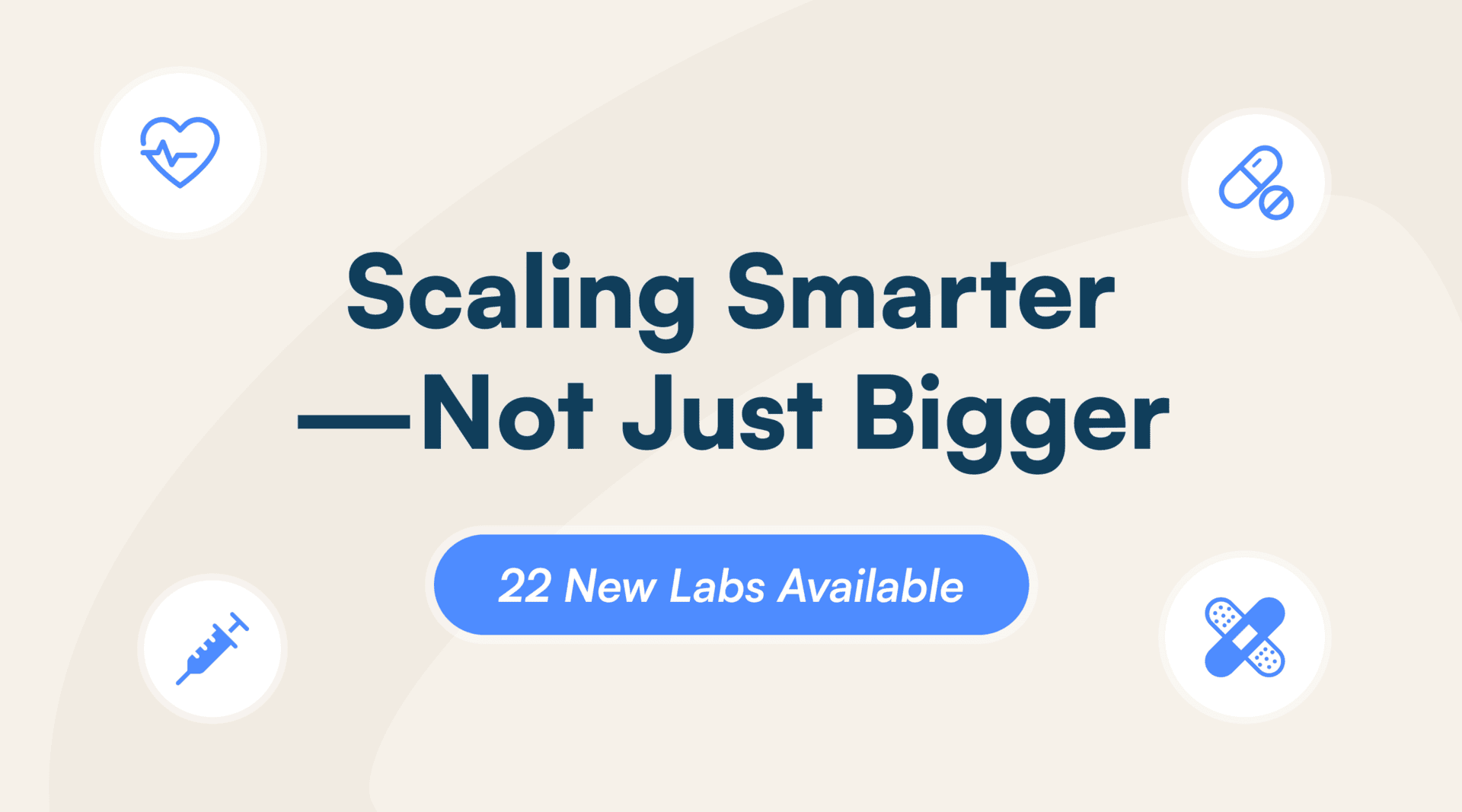
What Clinical-Ready Actually Looks Like (And How to Get There Sooner)
